24 Geography Facts You Probably Never Knew
Lists
Fascinating Geography & Geological Facts That Will Make You Go 'Hmm'
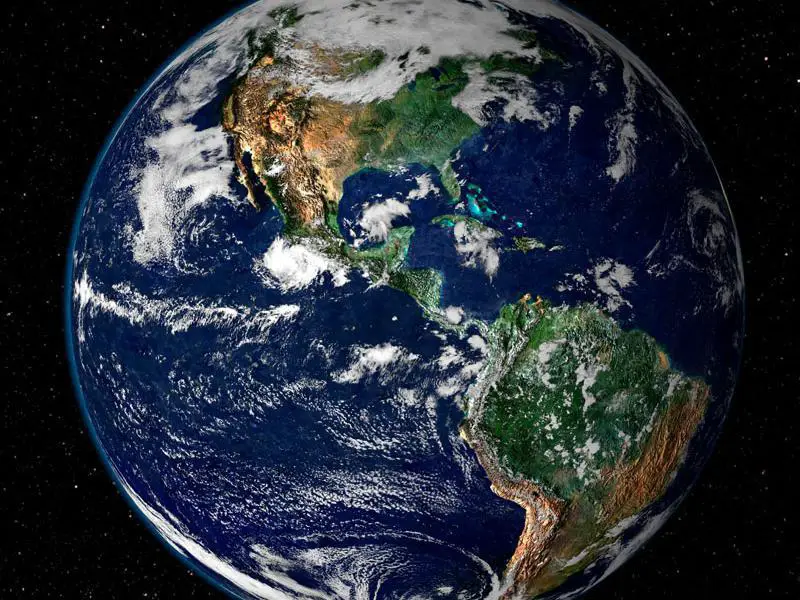
Whether you've just completed school or you graduated decades ago, there are likely many things you don't know about the extraordinary planet on which we live.
For instance: Were you aware that the Pacific Ocean is shrinking every year? Or that the world includes a sea without coasts? Or that Alaska isn't just the westernmost state in the U.S., but the easternmost as well?
The third rock from the sun is much more complex than you may think — as evidenced by the following mind-boggling facts.
Alaska is the Westernmost and Easternmost State in the U.S.
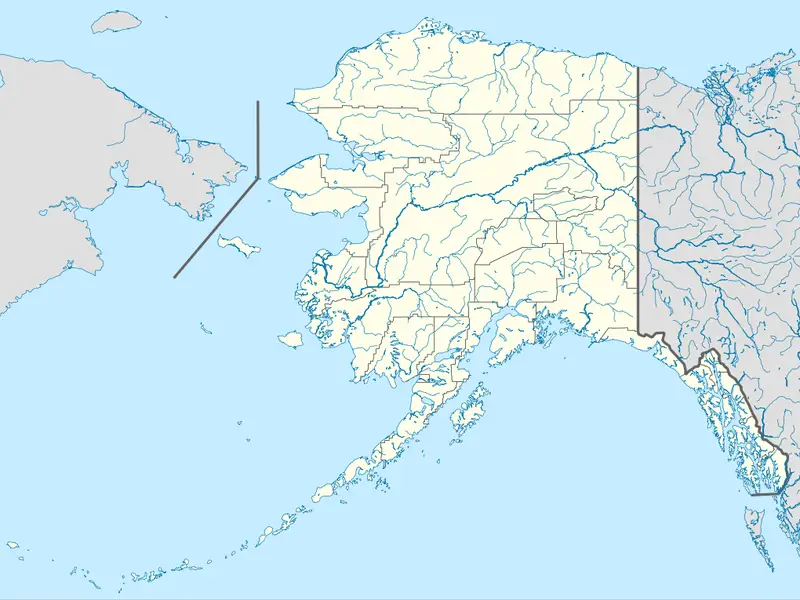
You may think of Alaska as the westernmost state in the United States, especially when looking at a map, but it's also the easternmost state.
How?
It stretches so far from the west that it falls into the eastern hemisphere. In fact, Semisopochnoi Island, part of Alaska's Aleutian Islands, is technically the easternmost spot in all of North America.
There’s an Island Within a Lake On an Island Within a Lake On an Island
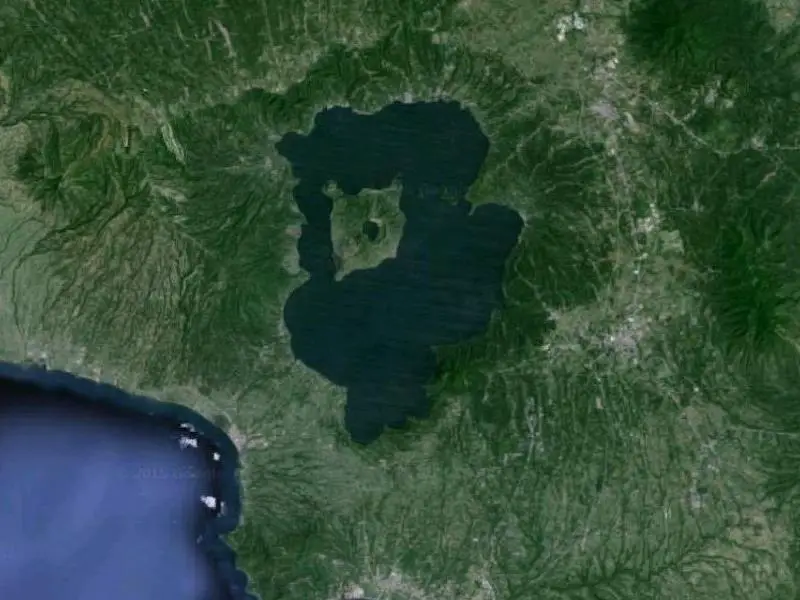
Ready to follow along closely?
In the Philippines, you'll find Vulcan Point, an island within Main Crater Lake.
Main Crater Lake is located on Volcano Island.
Volcano Island is located in Lake Taal.
Lake Taal is located on the island of Luzon.
And there you have an island within a lake on an island within a lake on an island.
Mauna Kea is Taller Than Everest
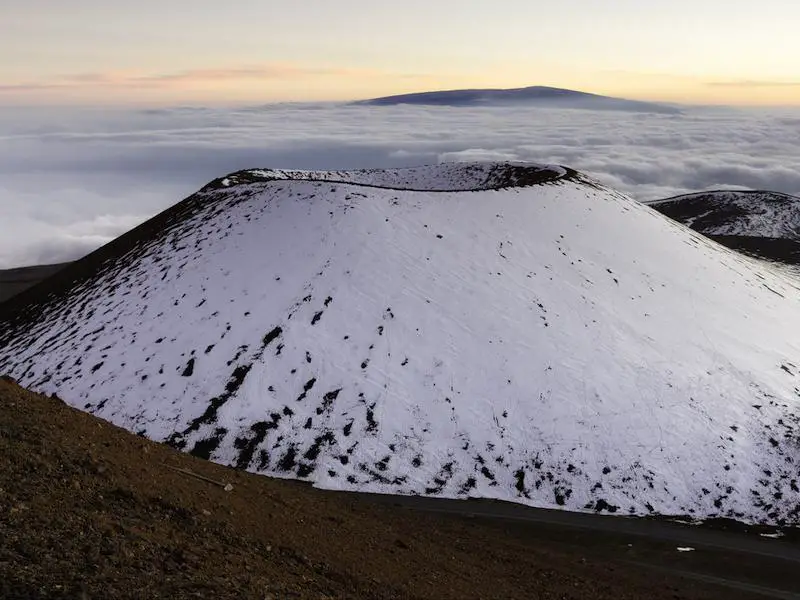
Mount Everest may be the tallest mountain above sea level, but when it comes to the tallest mountain on earth, that honor goes to Mauna Kea.
Above the sea, Mauna Kea only stands 13,796 feet in height. But when you follow the mountain to its base at the bottom of the Pacific, it's 32,808 feet — more than 3,000 feet taller than Everest.
Mt. Everest Isn't as Close to the Moon as Mt. Chimborazo
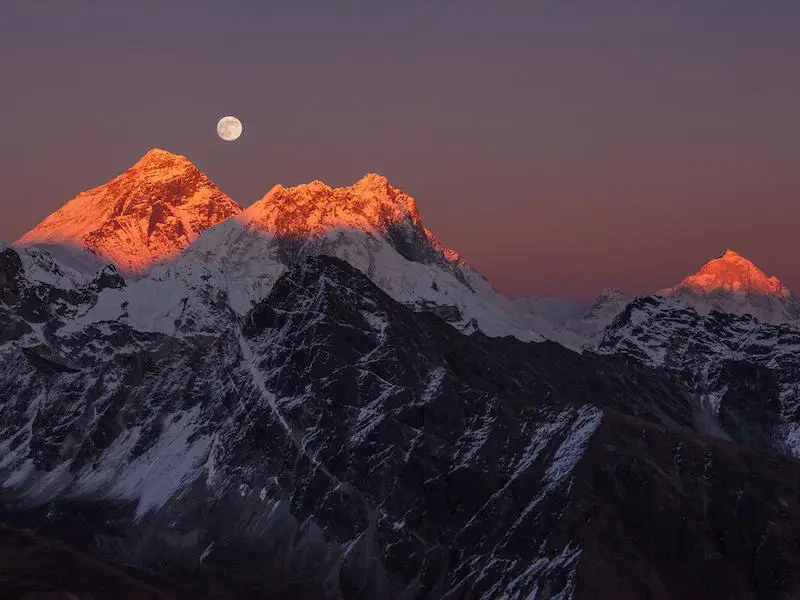
Poor Mt. Everest — not only is it not actually the tallest mountain in the world, but it's also not the closest to outer space, even though it boasts the highest elevation above sea level. That distinction goes, instead, to Ecuador's Mt. Chimborazo.
How so?
Earth isn't actually round, but oval, with an inflated middle.
Although Ecuador's Mt. Chimborazo is only 20,564 feet in height, its equator location pushes it closer to the stars than Mt. Everest, at 29,035 feet.
Iceland is Growing 5 Centimeters Per Year
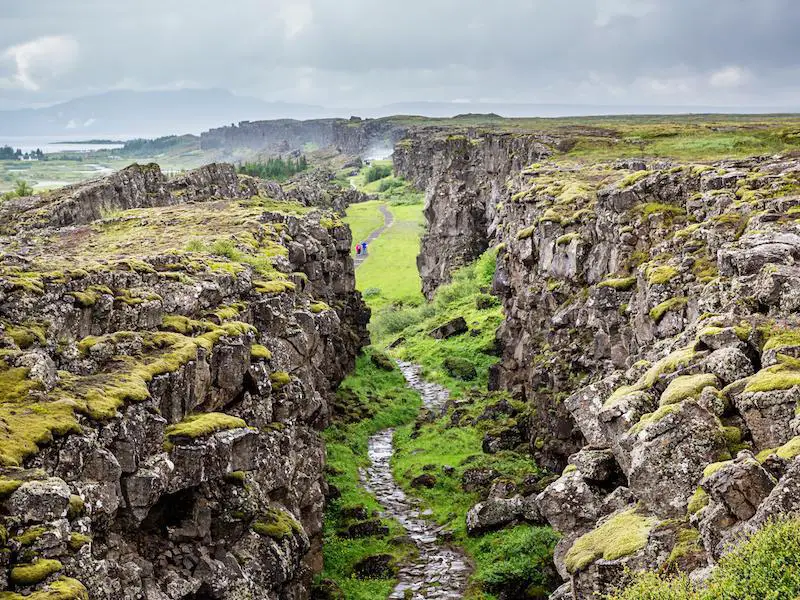
Iceland, divided by the North American and European tectonic plates, is growing by nearly 5 centimeters per year as the plates grow wider apart.
The Pacific Ocean Is Shrinking
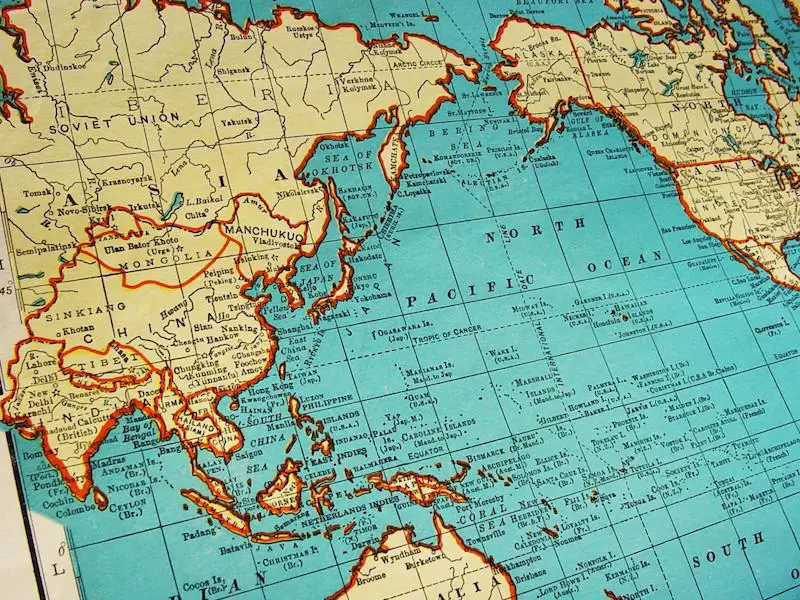
As North America and South America are move more westward, the Pacific Ocean is shrinking. Every year, Asia and North America get closer and closer as the Pacific is reduced by two to three centimeters.
A Good Morning is a Good Night in Parts of Russia

Russia has 11 times zones (of just 24 total in the world!). So when a Russian on one side of the country is awaking at 7 a.m., another on the other side may be sitting down to dinner.
Another fun fact? France actually uses more time zones — 12 — than Russia or anywhere else in the world, due to its overseas territories.
Los Angeles is East of Reno, Nevada
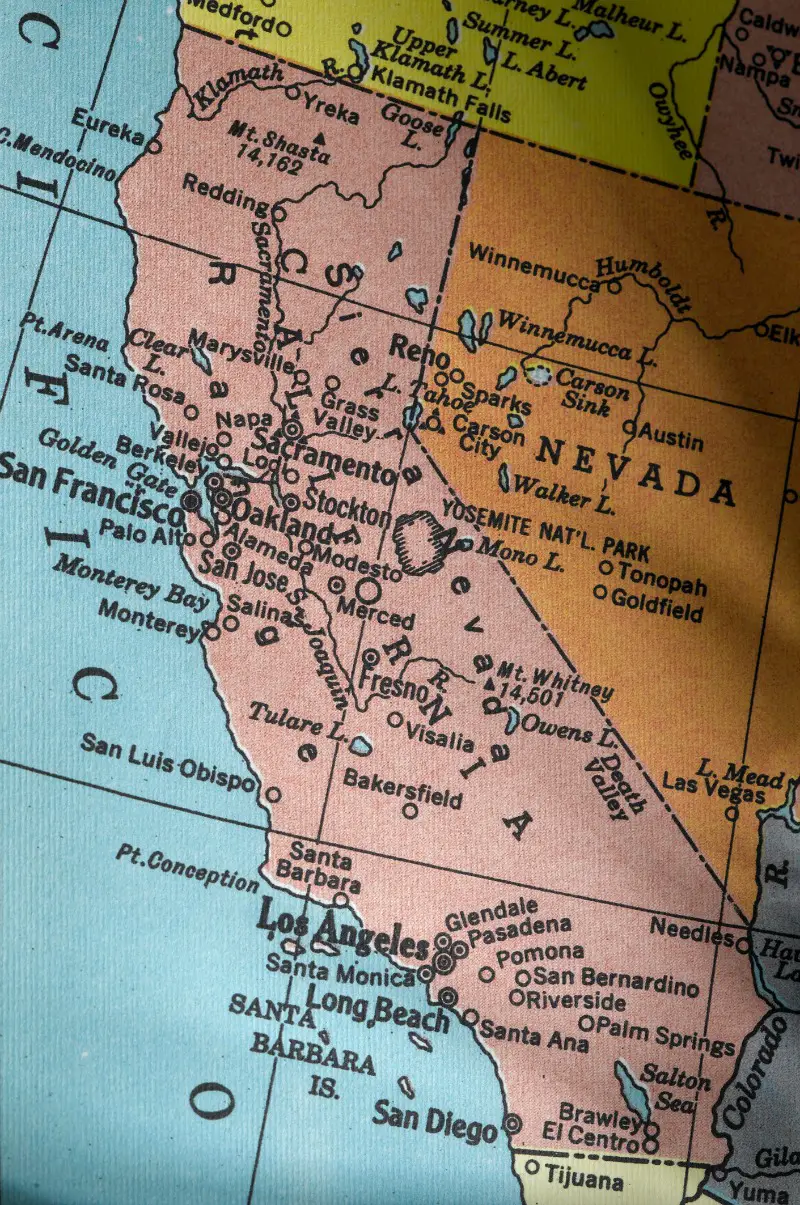
Sure, California is west of Nevada, but check the map closely and you'll see the City of Angels is actually 86 miles east of Reno.
This is particularly mind-boggling when you consider Nevada is close to 300 miles from the Pacific Ocean.
Mexico City Is Sinking
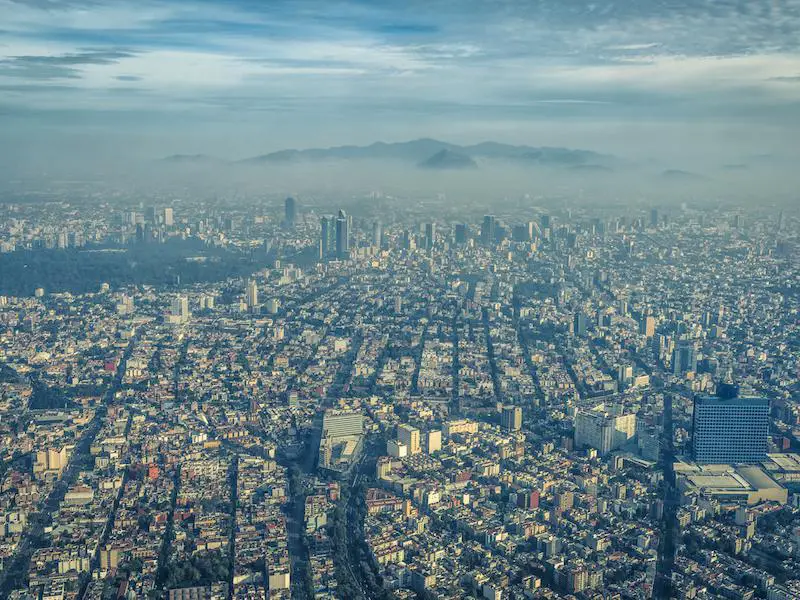
Originally built on a lake in 1325 A.D., Mexico City is currently sinking by about 3.2 feet per year.
The Aztecs filled in Lago de Texcoco to create an artificial island, and the Spaniards created a second location atop the ruins in 1521. Because the majority of locals rely on water extracted from the aquifer below the city, it's dropped a total of 32 feet over the last 60 years!
Los Angeles and San Francisco Will Be Neighboring Cities
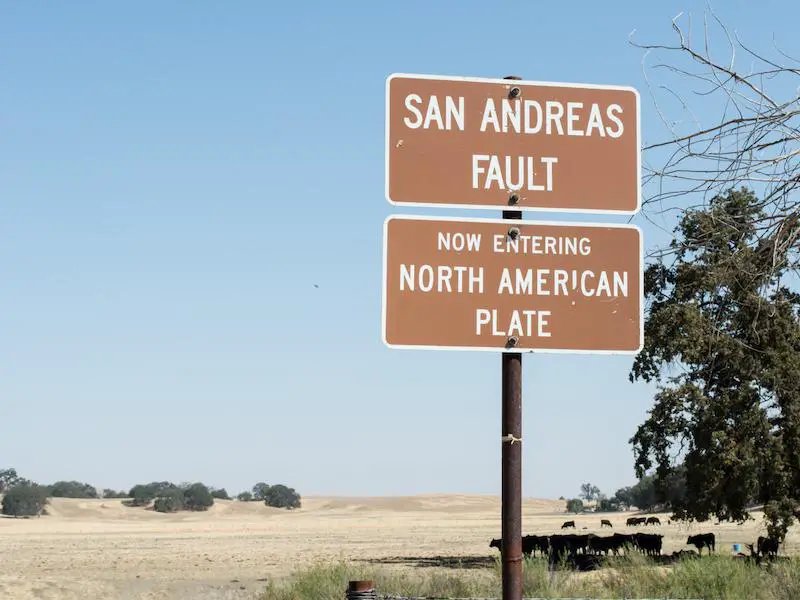
The San Andreas fault in California is "consuming" nearly 2 inches of land each year.
If humans are still around in 15 million years, those living in Las Angeles and San Francisco can be neighbors.
There Are 7,100+ Islands in the Philippines
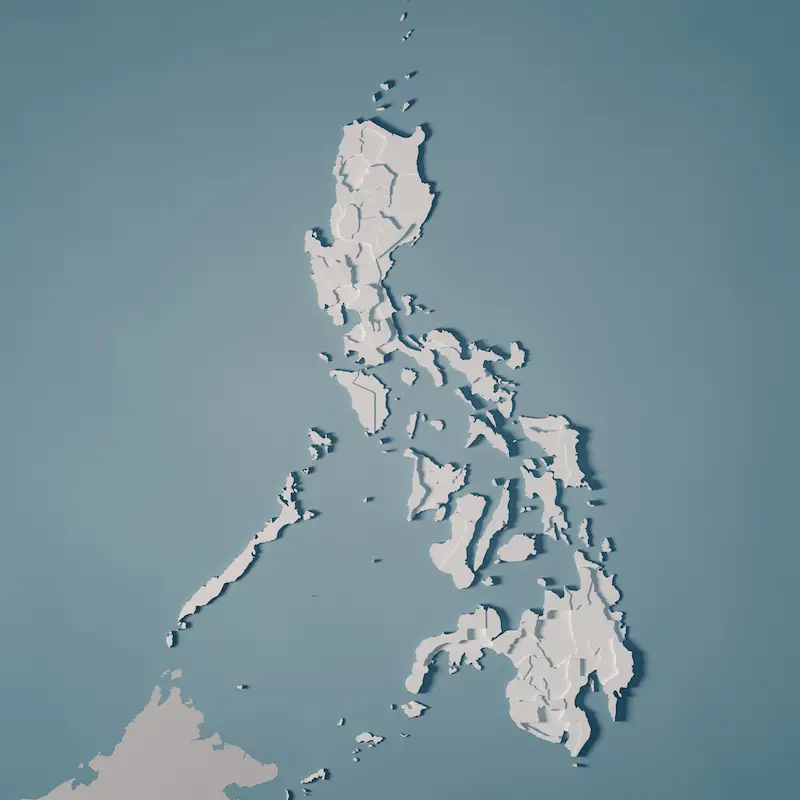
The Archipelago of the Philippines is made up of 7,641 islands — several hundred more than the 7,107 islands scientists previously believed the country contained.
New mapping research revealed the additional land masses a couple years ago, prompting "The Inquirer" to note, "The change is a reminder of how knowledge, even scientific knowledge, is a matter of faith...It’s good for our critical thinking to be reminded of the contingency of 'expert knowledge.'"
The southern Pacific islands were named for King Philip II of Spain. The country's largest island is Luzon, spanning 42,458 square miles.
Russia and China Touch 14 Countries Each
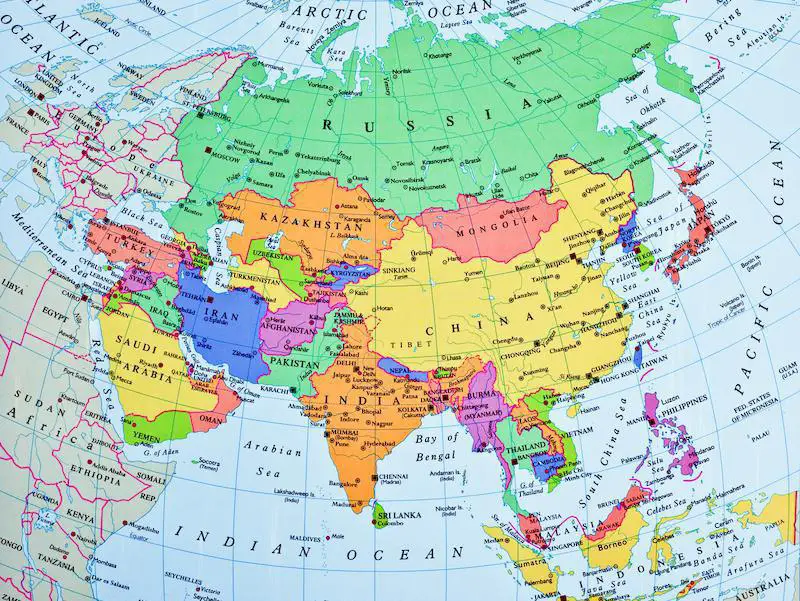
Looking at a map, it may seem Russia can swallow China whole. However, both countries border 14 countries.
Russia (including the region of Kaliningrad) borders Azerbaijan, Belarus, China, Estonia, Finland, Georgia, Kazakhstan, Latvia, Lithuania, Mongolia, North Korea, Norway, Poland and the Ukraine.
China borders Afghanistan, Bhutan, India, Kazakhstan, Kyrgyzstan, Laos, Myanmar, Mongolia, Nepal. North Korea, Pakistan, Russia, Tajikistan and Vietnam.
Three Countries Are Landlocked by Just One Country
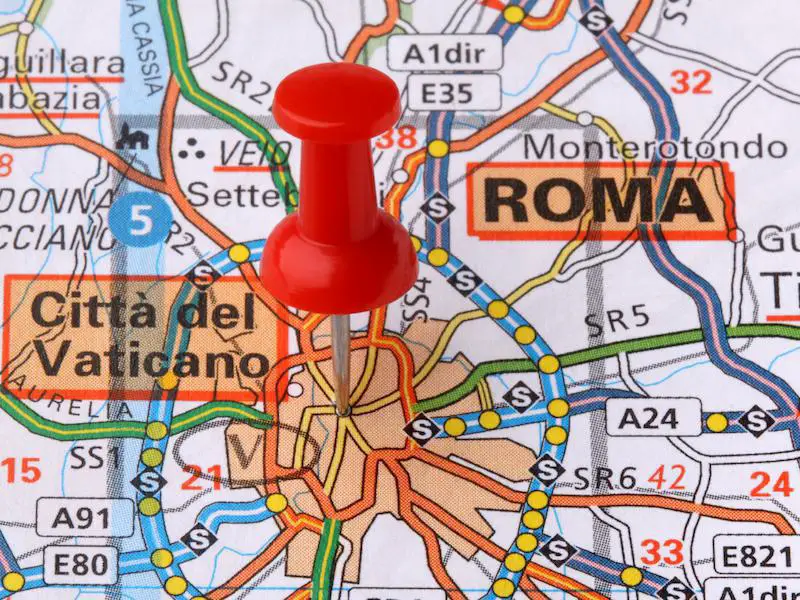
Lesotho, San Marino and Vatican City are the only three countries that are completely landlocked by another country. Lesotho is located entirely within South Africa, while San Marino and Vatican City are both situated within Italy.
The Sargasso Sea Has No Coasts
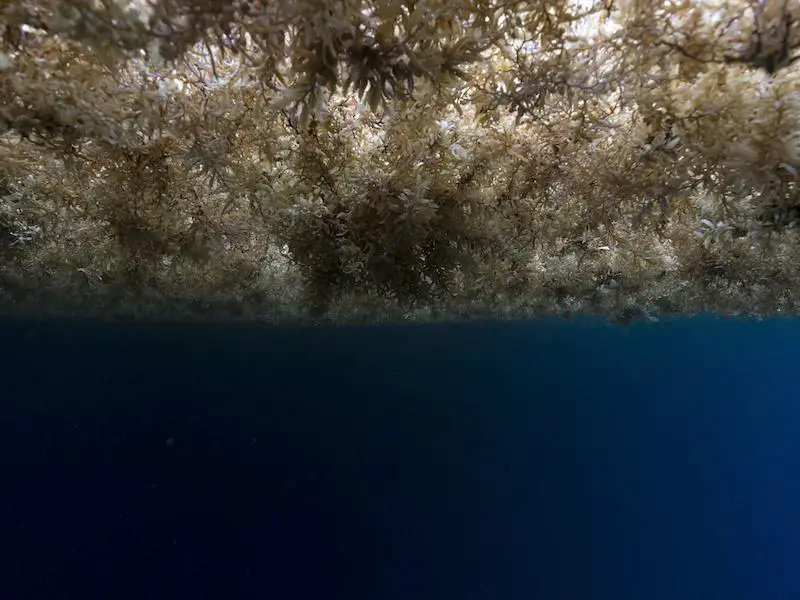
The only sea in the world without any coasts, the Sargasso Sea is found in the Atlantic Ocean. Located in the North, it is surrounded by four ocean currents, with no land coastline to speak of. It is named for the floating seaweed that covers it: Sargassum.
Yellowstone National Park Is Home to a Supervolcano
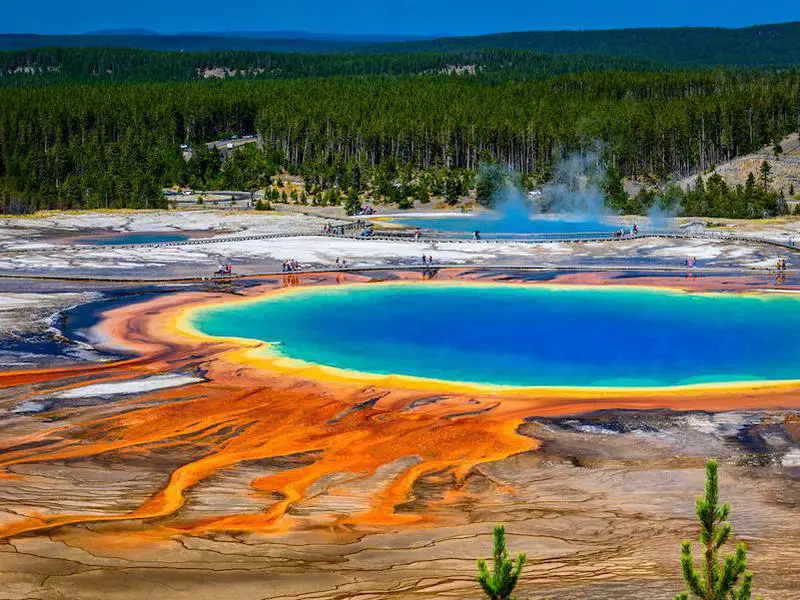
Beneath Yellowstone National Park lies an active "supervolcano" — a distinction bestowed upon volcanoes that have seen at least one explosion release more than 240 cubic miles of material (a bit more than twice the volume of Lake Erie, according to National Geographic).
The Yellowstone volcano has actually experienced three very large eruptions, two of which qualified as "super" — though fortunately for park-goers, the most recent one was 640,000 years ago.
Today, the park's volcanic roots are evident in its hot springs, mud pots and world-famous geysers.
Sudan Has More Ancient Pyramids Than Egypt
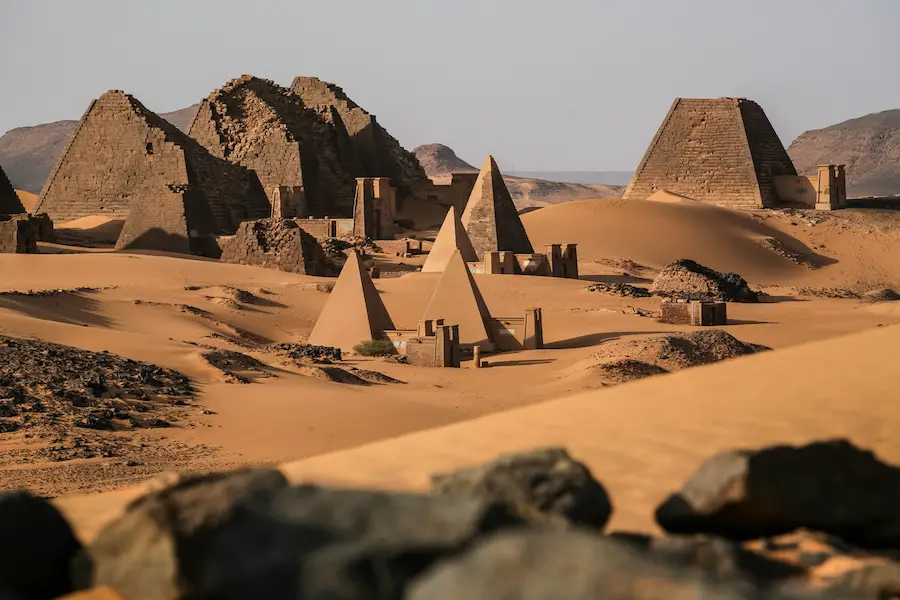
Egypt's Pyramids of Giza may be considered one of the wonders of the world, but Sudan has nearly twice the number of pyramids. Sudan touts 200-255 known pyramids, built for the Kushite kingdoms of Nubia, compared to Egypt's relatively paltry 138 pyramids.
Within the Sahara, you can still visit the ancient and reconstructed pyramids of Meroe.
The Largest Rock on the Planet is in Australia
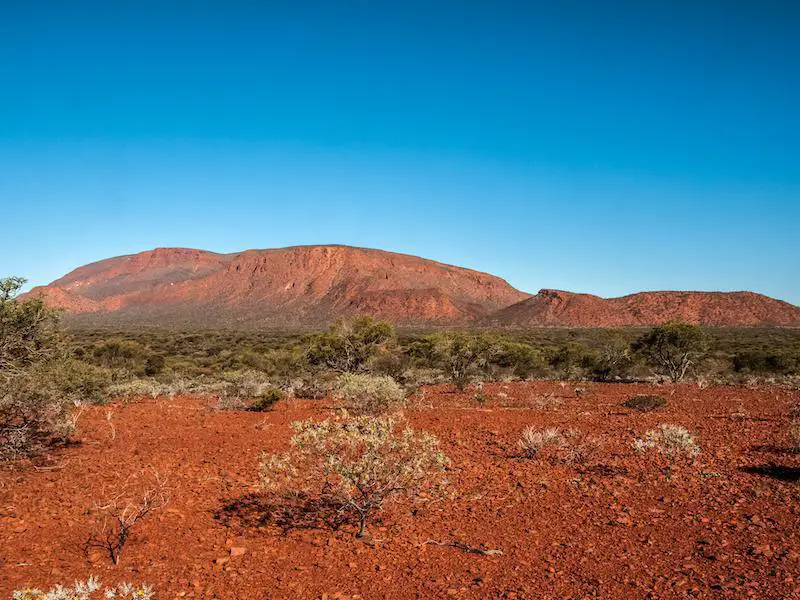
Despite its name, Mount Augustus is not a mountain, but one very large rock. Located in the Australian Outback, the rock stands more than 2,300 feet tall and can be seen from nearly 100 miles.
The rock is twice the size of Ayers Rock, which is the Outback's more famous granite rock. It's also 1,650 million years old!
The Oldest Continuously Inhabited City in the World is Damascus
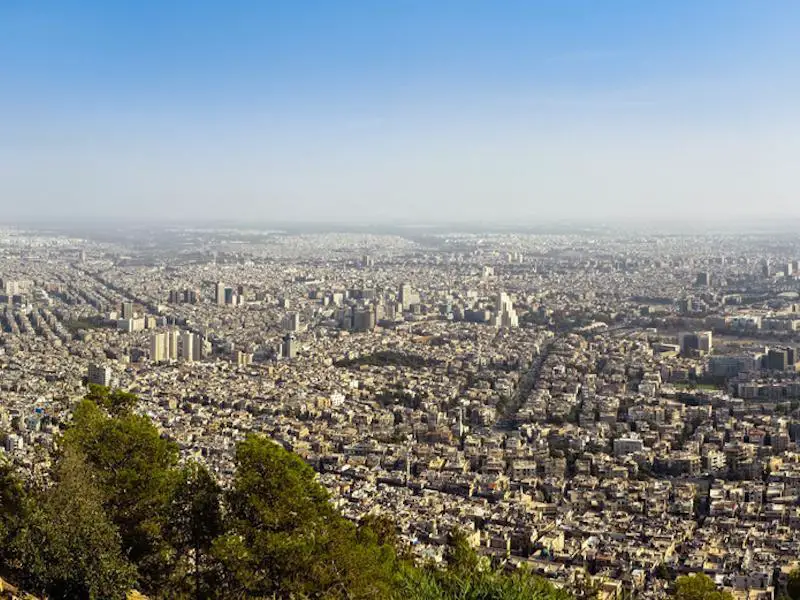
You may have thought Jerusalem or Athens was the oldest city in the world, but that honor goes to Damascus, Syria. Continuously inhabited since at least 11,000 years ago, it was named the Arab Capital of Culture in 2008.
Damascus has more than 125 monuments showcasing its different periods of history since the 3rd millennium B.C., including the Great Mosque of the Umayyads, built in the 8th century. Today, the city is home to 1.7 million people.
Africa Spans All Four Hemispheres
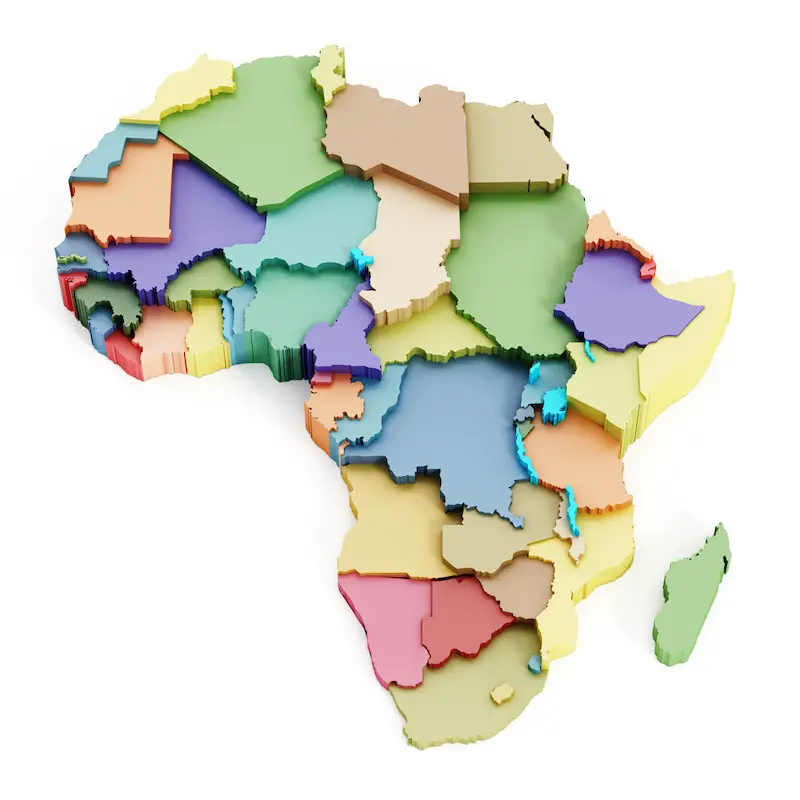
The only continent in the world to sit in all four hemispheres — north, south, east and west — Africa covers nearly 12 million square miles and 6 percent of the earth's total surface.
Africa is made up of 54 countries, the largest of which is Algeria.
Kentucky Has More Caves Than Any Other Place on Earth
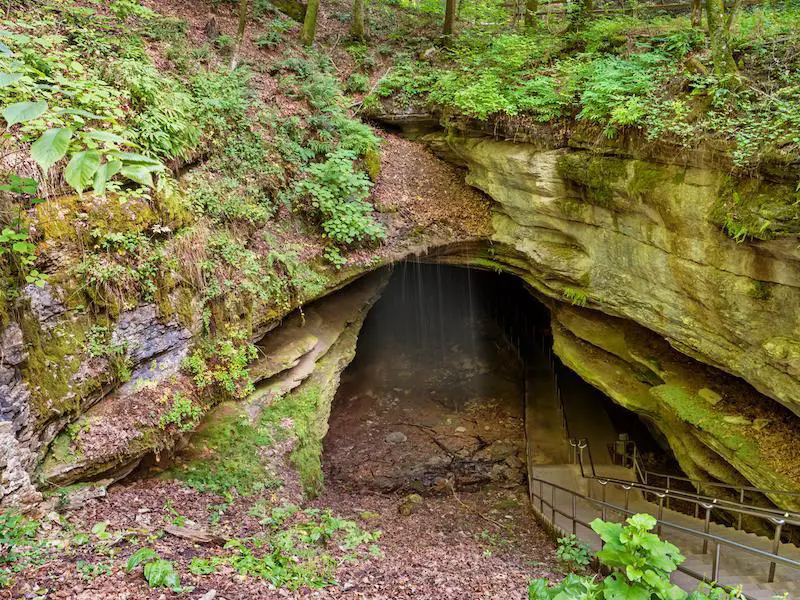
Kentucky's cave system, Mammoth Cave, is nearly 400 miles in length — and that's just what's been explored! Scientists think there are 200 more miles of unexplored caves, making the cave system the largest on Earth.
You can visit portions of the caves at Mammoth Cave National Park.
Istanbul Is the Only City Resting on Two Continents
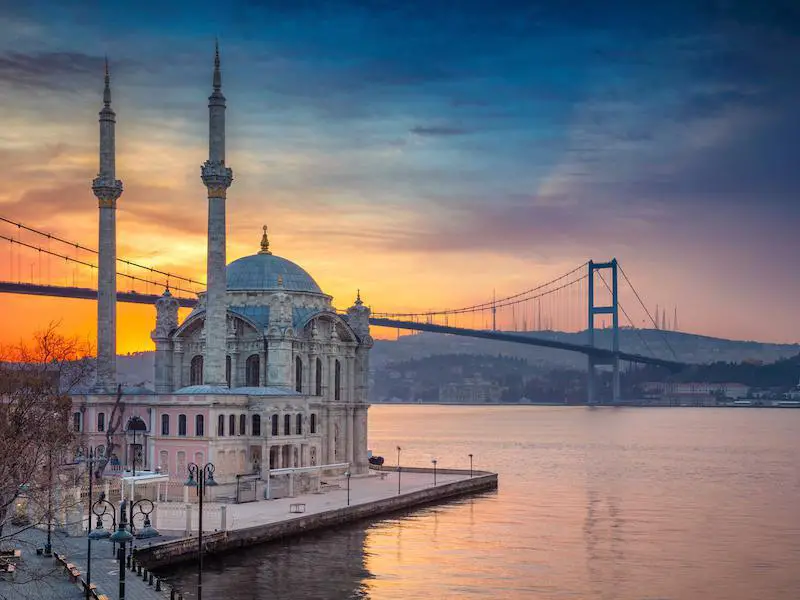
Istanbul is located in both Europe and Asia, with the Bosphorus Strait running through its middle. You can cross the Bosporus Bridge between the two sides, with the more populated European side serving as the commercial and historical center.
The capital of Turkey has a 2,000-year-old history that includes serving as the capital of the Roman, Byzantine and Ottoman Empires.
Alaska Is Home to the Largest Cities in America
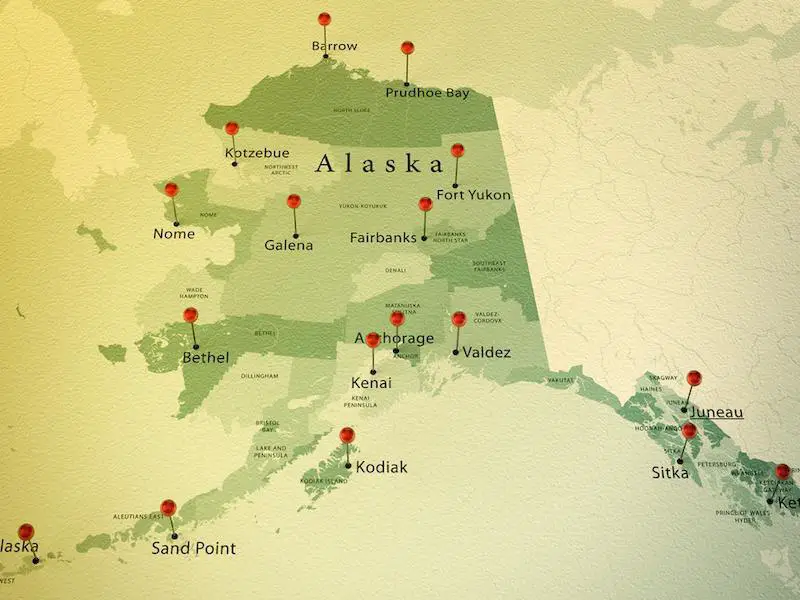
Yes, New York and Los Angeles may be more populated than any town in Alaska, but based on land mass, Alaska is home to some of the largest cities in the United States.
Sitka, Alaska, may only have little more than 10,000 residents, but the city spans more than 2,800 square miles (New York City, as a point of comparison, is just 302 square miles). Juneau, with more than 31,000 people, sits on 2,700 square miles. Tiny Wrangell, Alaska, with just over 2,300 residents, spreads across more than 2,500 square miles. And Anchorage, at 1,704 square miles, has 301,000 inhabitants.
The Vast Majority of the Earth's Population Is in the North
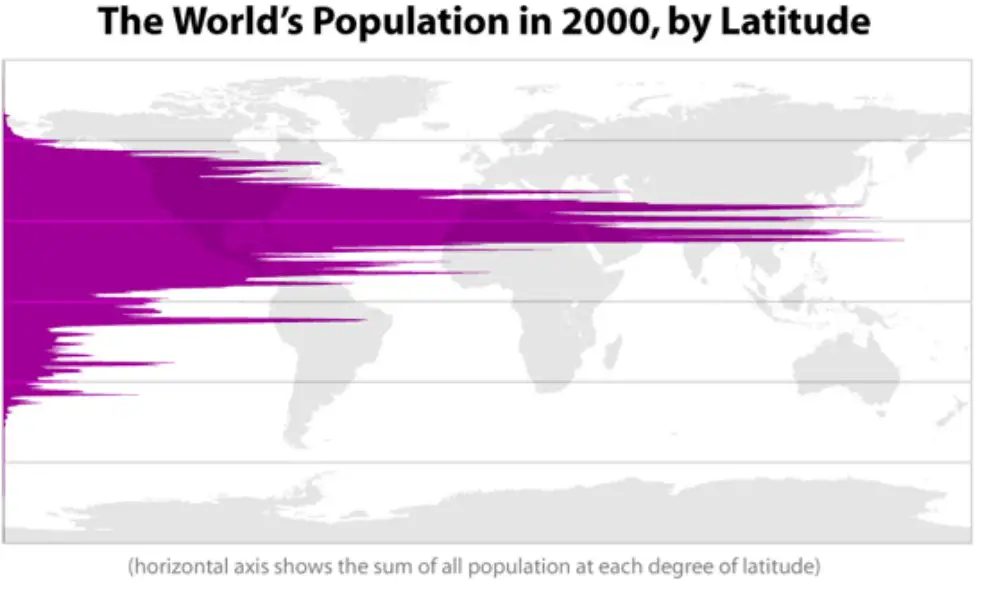
The Northern Hemisphere is home to 90 percent of the Earth's total population. The Earth is home to 7.3 billion people, yet 6.57 billion live north of the equator in North America, Europe, most of Africa and Asia and even some parts of South America.
The Deepest Place on Earth Is in the Pacific Ocean
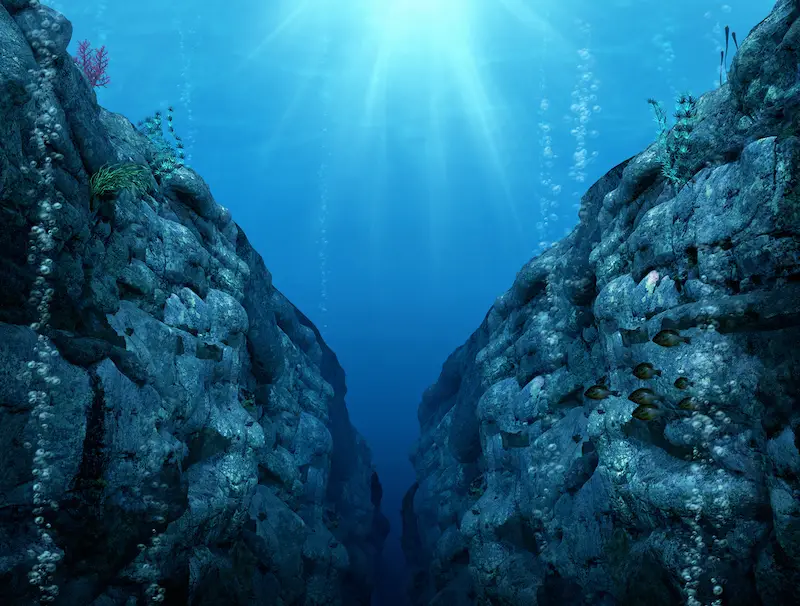
The Mariana Trench in the Pacific Ocean is the deepest place on the surface of Earth, with a small depression called the Challenger Deep the deepest part of the trench. The depression reaches depths of nearly 35,814 feet.